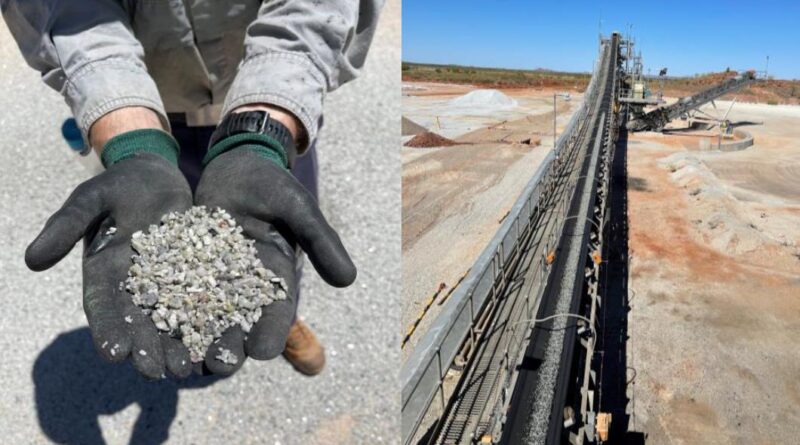Lithium production to double by 2025, supply shortages to persist
Industry experts say, global production of lithium amounted to 546,000 tonnes of lithium carbonate equivalent (LCE) in 2021, up 24% compared to 2020 (439,000 tonnes LCE). Australia was the largest lithium producer in 2021, followed by Chile, China and Argentina.
In its recent research report, the Australian Government’s Department of Industry, Science, Energy and Resources (DISER) said that global lithium production is forecast to reach 682,000 tonnes in 2022 and 1,034,000 tonnes in 2024.
“This rapid growth — of over 80% in three years — is forecast to be met by gains in output by Australia, Chile (via expansions to Albemarle and SQM brine operations) and Argentina (via new and expanded brine operations by Livent, Allkem and Minera Exar),” DISER added.
DISER noted that total lithium supply from mine and brine operations is currently insufficient to meet demand, adding that while new lithium projects are being developed, the supply gap will take time to close.
According to the report, lithium production in Australia, the world’s largest lithium producing nation, is forecast to grow from 247,000 tonnes of LCE in 2021 to 335,000 tonnes in 2022, 387,000 tonnes in 2023 and 469,000 tonnes in 2024.
Elsewhere, a number of expansions and new projects have been announced in recent months. In addition to ongoing expansions to brine operations in Chile, state-owned mining firm Codelco is undertaking exploration in the Salar de Maricunga, with drilling due for completion early next year.
In Canada, three new lithium projects in Quebec are expected to start production in 2023, with a combined production of over 50,000 tonnes of LCE. Looking further ahead, the reopening of the Whabouchi mine, also in Quebec, is expected to add production of 52,500 tonnes a year from 2025.
Mexico has created a state-run company to mine lithium after nationalizing lithium resources in April. The company is scheduled to start operations within the next six months.
DISER added that Europe and North America are also actively looking to reduce their dependency on Chinese imports and develop their own lithium production.
“World demand for lithium is estimated to increase from 583,000 tonnes of lithium carbonate equivalent in 2021 to 724,000 tonnes in 2022. Over the following two years, demand is forecast to rise by over 40%, reaching 1,058,000 tonnes by 2024,” the authors of the report said.
Asia remains the major source of demand for lithium, despite the spread of new battery manufacturing capacity into Europe and the US.
Shortages of spodumene, lithium hydroxide and lithium carbonate continue to push spot prices to new records, DISER said. Spodumene prices are forecast to rise from an average of US$598 a tonne in 2021 to US$2,730 a tonne in 2022, as record spot prices feed through into contract prices.
The lithium hydroxide price is forecast to rise from US$17,370 a tonne in 2021 to US$38,575 a tonne in 2022. Prices are expected to peak in 2023 at over US$50,000 a tonne before moderating to average around US$37,600 in 2024.
As for the global lithium supply-demand balance, DISER said that while expansions to production are already underway in Australia and overseas, there are long lead times for lithium mine and brine operations.




